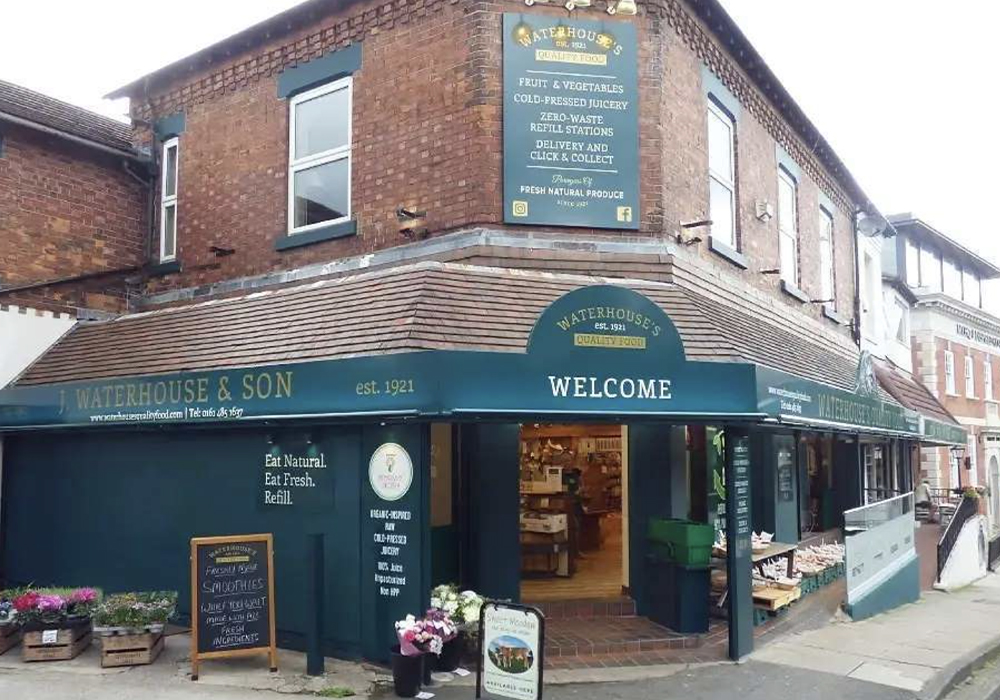
What to Know About Listed Building Signage
Listed building signage is likely to need listed building consent, unless you are making a like-for-like replacement of a previously permitted sign.
However, there are some exceptions to this that can allow you to erect signage on or near a listed building, without getting specific consent beforehand.
Definition of Advertising and Listed Building Signage
According to Historic England, the erection of advertising is governed by the Town and County Planning (Control of Advertisements) Regulations 2007.
The definition of advertising includes “any word, letter, model, sign, placard, board, notice, awning, blind, device or representation, whether illuminated or not, in the nature of, and employed wholly or partly for the purposes of, advertisement, announcement or direction”.
Importantly, this does not only include commercial signs, but any exterior building signage including the hoardings and other structures used to display it.
How to Get Consent for Listed Building Signage
When you apply for consent for listed building signage, your local planning authority should consider ‘amenity’ and public safety.
Amenity includes the general appearance of the environment into which the sign or advertisement will be installed. For example, distinctly modern building signage may not be permitted on an older building.
In contrast, Art Deco building signage might be allowed on a property of that period, and so on, making it important to focus on building signage design when working on a listed building, heritage property or in a conservation area.
Listed Building Signage Exemptions
Some types of building signage are exempt from requiring consent. As mentioned above, this includes like-for-like replacements of exterior signage.
Other exemptions apply for:
- Exterior signage incorporated into the fabric of the building, for which planning permission was already granted.
- Exterior signage not physically attached to the listed building, no matter what visual impact its design might have on the setting.
- Signage relating to local government elections.
If you’re not sure whether your work qualifies for an exemption under the listed building signage and advertising rules, you can ask your local authority before making a formal application, or contact Signs Northwest and we will give you our opinion on whether you can proceed without obtaining specific consent.
Unlisted Building Signage in Conservation Areas
You usually don’t need to get special permission to install unlisted building signage in conservation areas – the only activity that is restricted is the demolition of some unlisted buildings (subject to the usual planning permission rules that apply elsewhere).
However, you might want to choose a sympathetic style of building signage design. Some types of building signage are more subtle than others, for example built-up lettering on a ground-floor exterior wall is less likely to receive complaints than illuminated signage at roof level.
Compliant Building Signage for Conservation Areas
At Signs Northwest we provide a start-to-finish service, beginning with an in-depth building signage design process if required, so we can ensure your exterior signage complies with the necessary rules, taking advantage of any exemptions and deemed permissions that are available.
This way, you can get striking exterior building signage for your premises, whether it’s an unlisted building in a conservation area, a heritage property, or a listed building subject to the strictest regulations.

